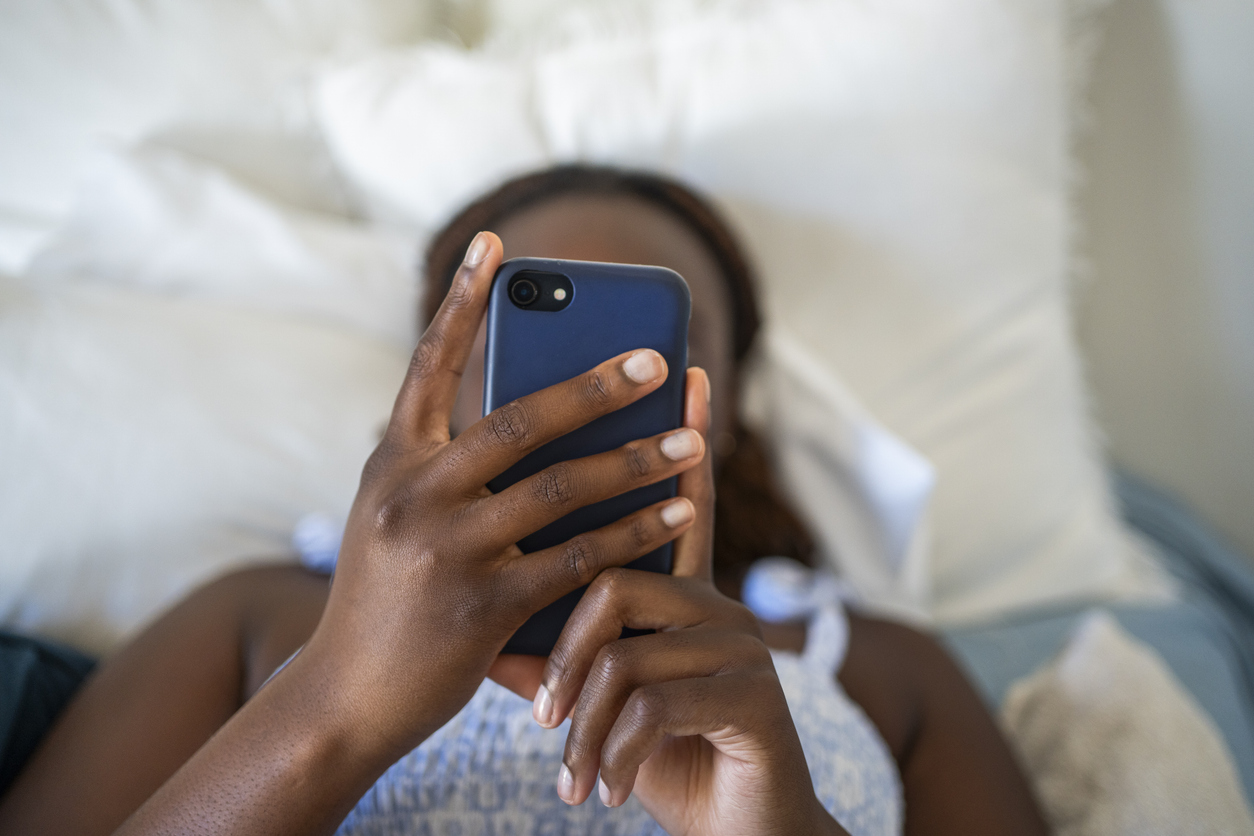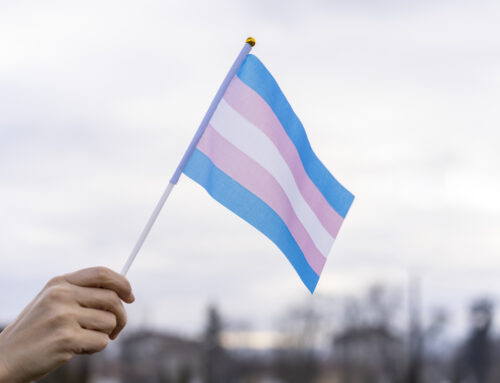Has scrolling through your TikTok for you page changed your view of mental health, or maybe even your own? Over the past couple of years, social media platforms such as TikTok, Instagram reels, and YouTube shorts have drastically changed how we receive and engage with information, including content regarding mental health. According to a survey conducted by Statista, 76% of individuals between the ages of 18 to 24 were on TikTok. These bite-sized videos are easy to digest, and it has become increasingly easy to access content related to mental health diagnoses, symptoms, and even self-assessments. In addition, for many teenagers and young adults, mental health content on social media has helped them feel less alone and explore their emotions and experiences. Teens and young adults are spending more time on screens now than ever before; in fact, 1 in 5 teenagers say they are on YouTube or TikTok almost constantly, according to the Pew Research Center. While platforms like TikTok have opened new doors for discussing mental health, it has its pitfalls, such as spreading misinformation, leading to misdiagnosis, and increasing worry over mental health concerns. Thus, it is essential for users to navigate this space thoughtfully and through a critical lens.
Social Media and Mental Health Awareness
Platforms like TikTok have increased access to mental health resources and can be used to spread awareness about mental health issues. Users will often share personal stories, educational content, and even coping strategies, which can make the mental health space more accessible and less stigmatizing. Seeking professional care can be a time-consuming, frustrating, and costly process for many people to navigate. Discovering resources through social media can be a great starting point for people on their mental health journey. Folks who may feel isolated or misunderstood can find a sense of community, validation, and support through social media. Viewing mental health content on social media can also serve as a way to spark conversations around the struggles and unique challenges that people face. While there are some qualified mental health professionals on social media, many influencers do not have the education or background to direct people to the appropriate resources or give accurate information.
The Implications of Self-Diagnosis
- Misinformation on social media is pervasive, and it can be challenging to fact-check. Although there are qualified mental health professionals on social media, there are many users who are sharing mental health advice and tools for diagnosis without credentials.
- Overidentifying with a diagnosis: A diagnosis is not who you are, and while it can be helpful to put a name to the symptoms you are experiencing, it can cause more harm than good to overidentify with it. For example, saying that someone is “so OCD” when you actually mean organized or preferring structure. At times, social media may also lead to over-pathologizing normal behaviors that we all experience. For instance, when users focus on the idea that intrusive thoughts are indicative of a disorder, it can reinforce the idea that having these thoughts is abnormal even though we all experience them from time to time.
- Stigma: Although social media has reduced stigma around mental health in some ways, labeling yourself without a diagnosis from a professional can contribute to stigma and add fuel to mental health concerns being seen as trends as opposed to serious conditions. In addition, some social media users may circulate stigma through ridiculing populations with mental disorders for personal gain. This is another example of how social media isn’t always a safe space for evaluating your mental health.
- Misdiagnosis: Mental health disorders are multifaceted and complex, videos on your for you page may reduce these disorders to a checklist of symptoms that are taken out of context. In addition, there is quite a bit of overlap in symptoms between various disorders. For example, difficulty concentrating is a symptom of ADHD, PTSD, anxiety, and OCD. The same disorder can present itself in very different ways in children, adolescents, and adults. It can also be challenging to self-evaluate and be aware of certain symptoms. This can lead to misdiagnosis and misunderstanding regarding the nuance of mental health issues.
- Delay in Professional Help: Solely relying on social media platforms for diagnosis could discourage individuals from seeking the help of a mental health professional, which is needed for accurate diagnosis and effective treatment.
Navigating the discourse of mental health disorders and diagnoses on social media can be complex. While platforms like TikTok can increase accessibility to mental health information and offer a sense of community, it is essential to be aware of the bias and misinformation in these videos. As tempting as it may be to DIY diagnose, social media cannot replace the insights of trained professionals. If you find yourself resonating with mental health content on social media, consider reaching out to a mental health professional for clarity and support.
Resources:
https://www.pewresearch.org/internet/2023/12/11/teens-social-media-and-technology-2023/






